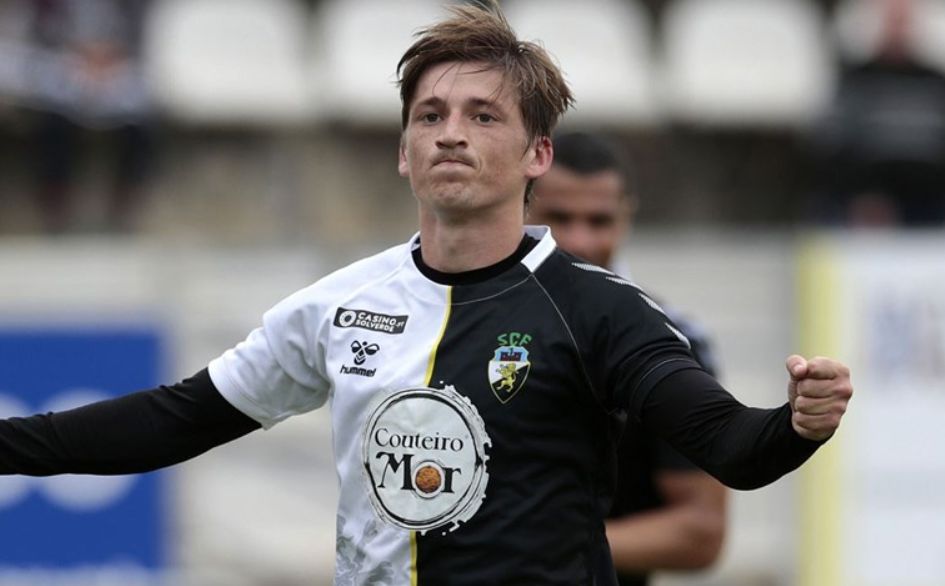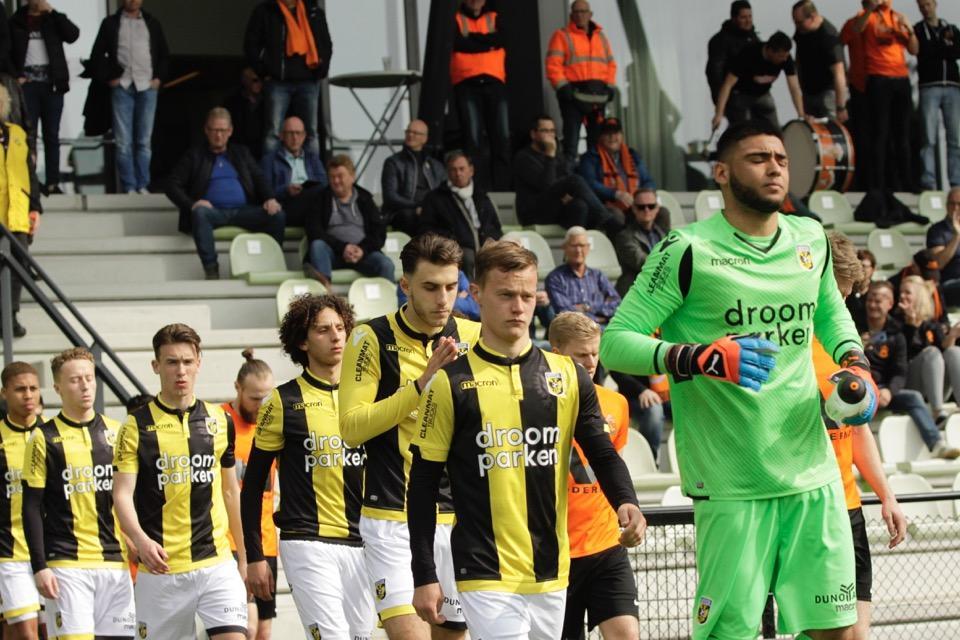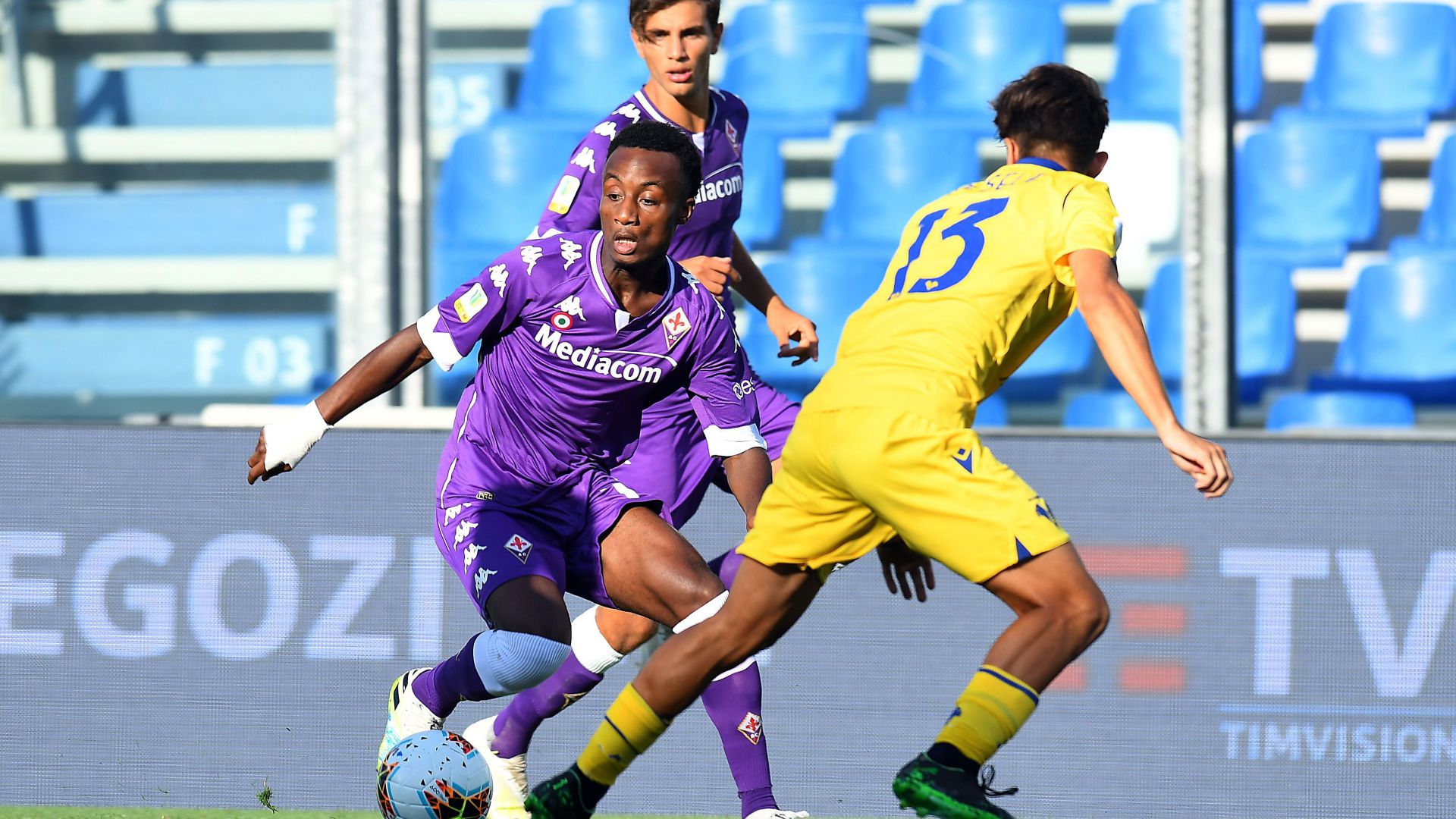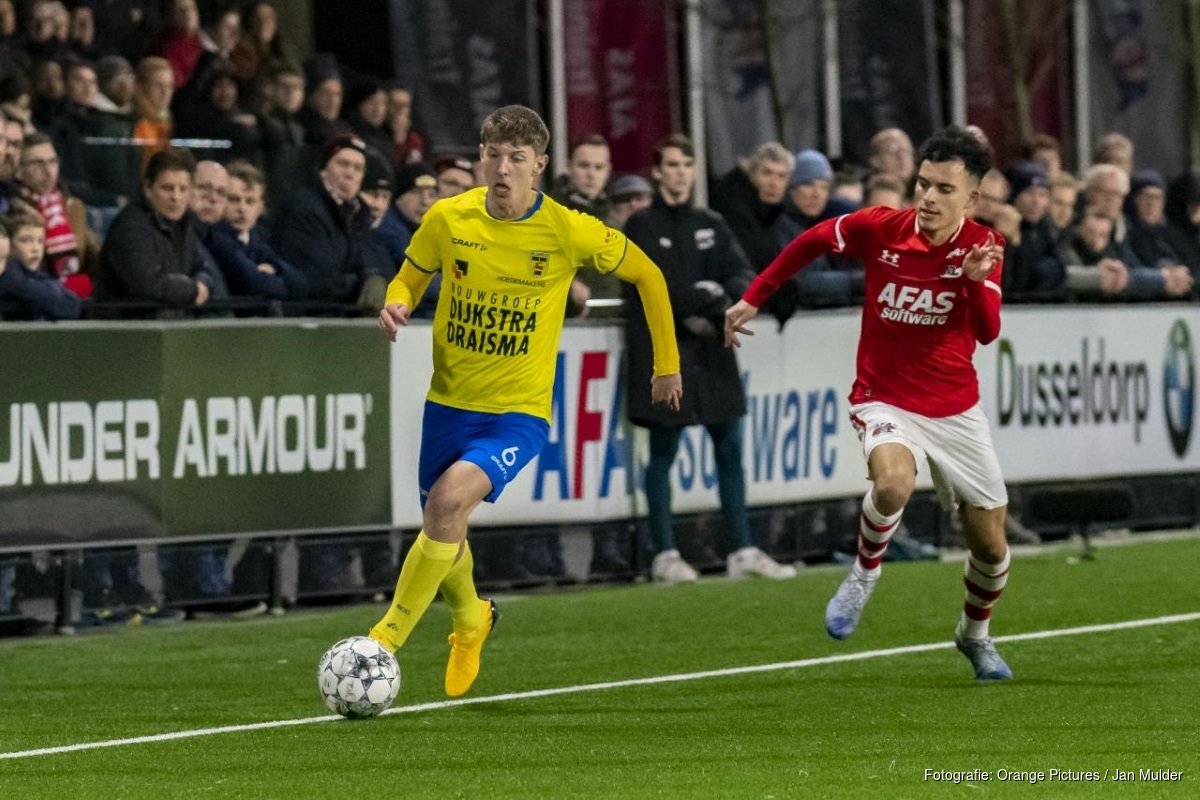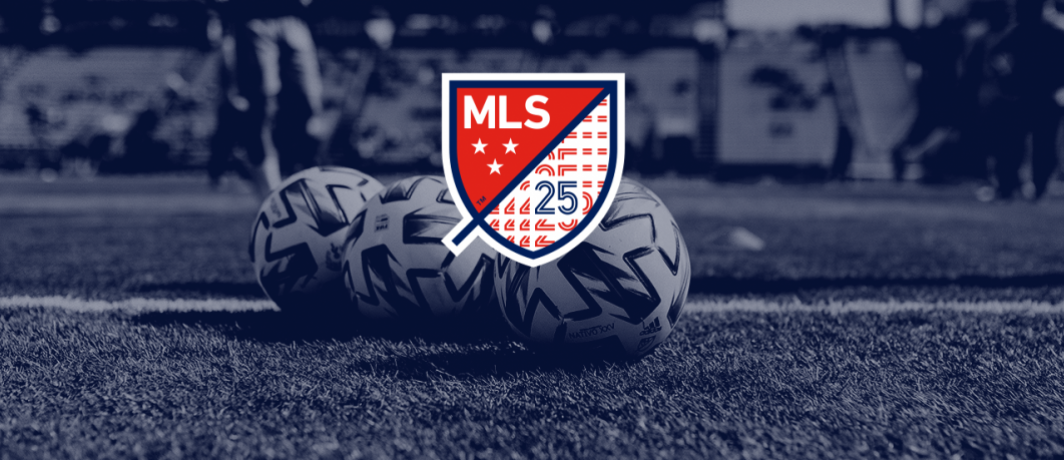Ryan Gauld is somewhat of a hype at the moment, and I’ve seen a few pieces on his performances – that’s why I haven’t written about him before. Although it’s not an excuse, I truly think that too many of the same pieces are not innovative and that’s why I didn’t want to write something trivial on this particular player.
In this article I will have a brief look at his passing in the last five games he played, especially his key passing. After that, I will look more closely to his through passes that he attempted in 2021 via a short video analysis of those passes.
The data is provided by Wyscout and the videos are also downloaded from Wyscout.
Pass clusters
In these pass clusters I will look what the most common clusters (4) were in the last four 90 minutes Ryan Gauld played. These game were against Benfica, Famalicao, Belenenses and Boavista.




Key passing statistics in 2020-2021
In the graphs below you can see a few comparisons (scatterplots) in the key passing metrics. In these graphs the 57 best midfielders – according to Wyscout – are included, illustrating how well Ryan Gauld is doing among his peers.

In the graph above you can see the scatterplot for the metrics Passes to final third per 90 and Passes to penalty area per 90. These metrics illustrate how often a pass is played to a specific area of attacking threat where the attackers might create a goalscoring opportunity. In the case of Ryan Gauld, you can see he does quite well in the passes to penalty area per 90 (3,29 passes to penalty area per 90). If we look at the passes to the final third per 90, he doesn’t do as well compared to the other midfielders: 2,86 passes to the final third per 90.

It’s hard to describe what effect a key pass or through pass has without looking at it – which we will do in the video analysis part of this piece – but the attempts to make a pass that contributes to the attack of your team, can be found in the metrics Key passes per 90 and Through passes per 90. We can see that Gauld attempts quite soms key passes per 90 compared to his peers: 0,39 key passes per 90. If we look at the Through passes per 90, he is quite average in passing: 0,78 through passes per 90.

If we look at the data from the key passing metric, surely we are interested to know in what passes lead to a goal or are expected to lead to a goal. We can assess that via the expected assists per 90 and the actual assists per 90, as illustrated in the scatterplot above. Gauld performs very well in this metric among midfielders. He has 0,2 xA per 90 and 0,16 assists per 90 – which compared to midfielders in the Primeira Liga is quite good.
In the two grapsh below you can see how well he does compared to the other midfielders in terms or percentile ranks and in in a beeswarm plot.


Video analysis
I had a look at 5 different moments in 2021 where Ryan Gauld attempted a through ball in the Primeira Liga. In the first two videos you can see that he tries to pass the ball through the defence in order to set up the attackers, but he does follow through when the passes are not received. He follows the ball and presses the opponent.
In both occassions the ball doens’t reach the target, which is the attacker who moves forward to receive the through ball. At that particular moment the ball is lost, but the way Gauld presses – makes sure that the ball is recaptured or the opponent is forced to make a difficult decision, which means more chance to regain possession of the ball.
In the videos above we have seen him turn and give a through ball through the middle. Another option for Gauld is to receive the ball on the flank, wait for the movements of forwards and bring the ball into the assists zone, as can be seen in the video below.
Ryan Gauld is good in giving these kind of through passes from the final third into attacking positions, but he does well in transition from defence to attack as well. He can progress the ball from the defensive third to attacking third quite easily with a through ball that has length.
Final thoughts
Ryan Gauld has gotten invaluable experience in Portugal and is having quite the season. His attacking contribution via key passing has definitely sparked interest from scouts and recruitment analysts in Portugal and Scotland, but also in the rest of Europe. Performing in this kind of league with these decisive passes is a hard thing to do. I appreciate this is only a small element of his game, but there’s no doubt interesting stuff to be said about the player.
Data: Wyscout
Video: Wyscout
Telestration in video: Metrica Play

